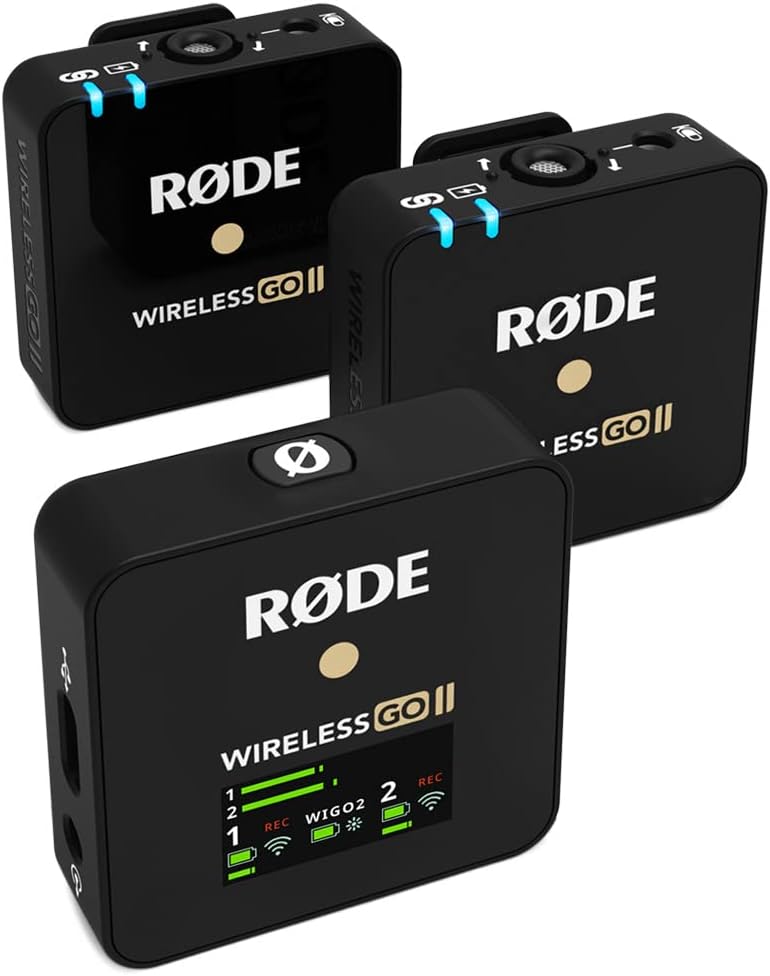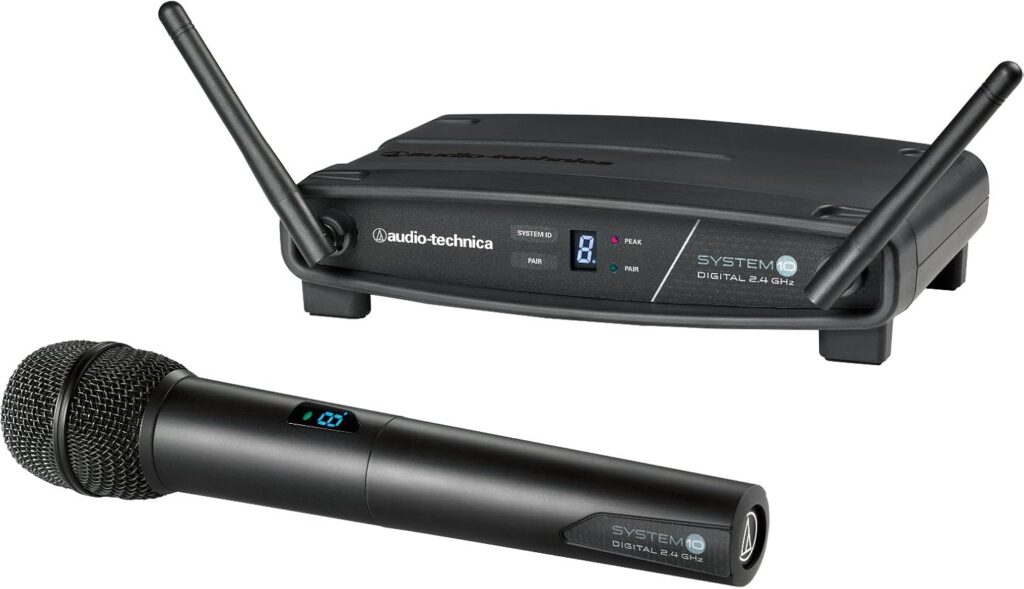Best Wireless Microphones
Wireless microphones have revolutionized audio recording and live performance, offering freedom of movement, flexibility, and high-quality sound without the clutter of cables. Whether you’re a podcaster, musician, filmmaker, or public speaker, choosing the right wireless microphone can elevate your work. In this guide, we’ll explore the best wireless microphones available in 2025, diving into their features, use cases, and what sets them apart. We’ll also cover key considerations to help you pick the perfect model for your needs.
What is Wireless Microphones?
Wireless microphones use radio frequencies (RF), Bluetooth, or digital transmission to send audio signals from the microphone to a receiver. This eliminates the need for physical cables, making them ideal for dynamic environments like live stages, film sets, or outdoor events. Modern advancements have reduced latency, improved battery life, and enhanced sound fidelity, making wireless mics a top choice for professionals and hobbyists alike.
What is the Best Wireless Microphones
Here is my top picks for the best wireless microphones for podcasting and vocals this year.
- Shure BLX288/PG58
- Rode Wireless GO II
- Sennheiser EW 100 G4-ME2
- Audio-Technica System 10 ATW-1102
- DJI Mic 2
- Shure Axient Digital AD4D with AD2/SM58
I will start with my favorite picks for the best wireless microphones for podcasting and vocals in 2025.
1. Shure BLX288/PG58 Dual Channel Handheld Wireless System
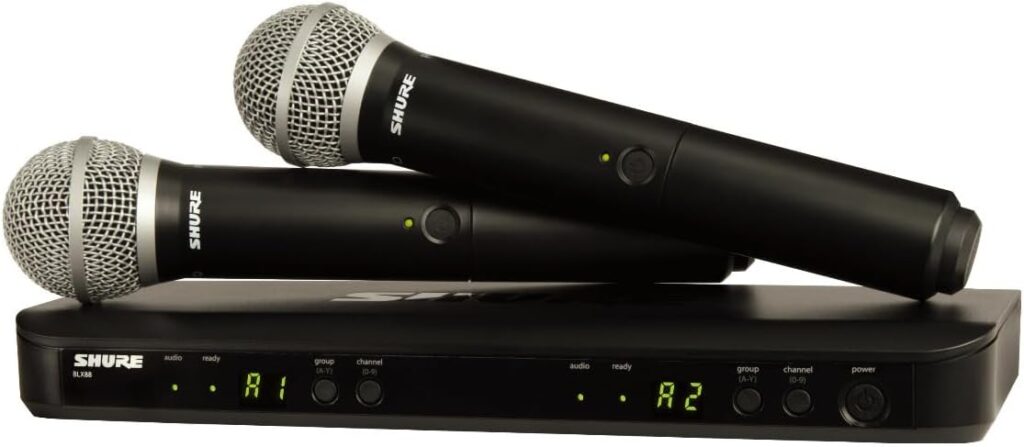
Shure is a titan in the audio world, and the BLX288/PG58 system exemplifies why. This dual-channel setup includes two handheld mics with PG58 capsules, known for their warm, robust sound and excellent off-axis noise rejection. With a 300-foot range and quick frequency scanning to avoid interference, it’s a go-to for singers and speakers in small to medium venues. The setup is plug-and-play, requiring minimal technical know-how.
Pros: Reliable signal, durable build, great value for dual mics.
Cons: Lacks advanced features like digital encryption or rechargeable batteries.
2. Rode Wireless GO II
The Rode Wireless GO II remains a favorite for its compact size and versatility. This system includes two clip-on transmitters with built-in omnidirectional mics, plus a receiver that connects to cameras, phones, or computers via USB-C or 3.5mm. It supports dual-channel recording, meaning you can capture two audio sources simultaneously—a boon for interviews. The 2025 firmware update improved its noise reduction and extended the range to 656 feet.
Pros: Lightweight, easy to use, excellent app integration.
Cons: Battery life could be longer; built-in mics pick up some handling noise.
3. Sennheiser EW 100 G4-ME2 Lavalier System
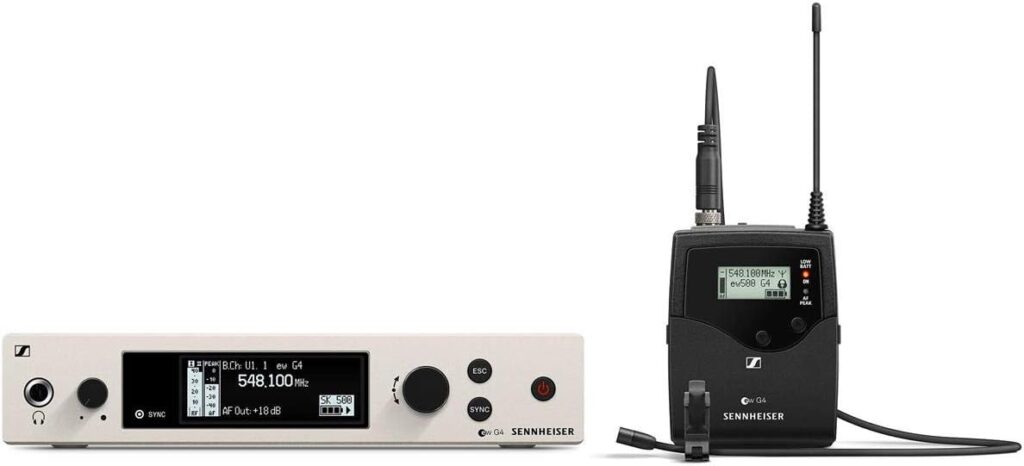
Sennheiser’s EW 100 G4-ME2 is a professional-grade lavalier system. The ME2 omnidirectional clip-on mic delivers crisp, natural sound, while the bodypack transmitter and rack-mountable receiver ensure stable performance. It’s a staple in corporate events and TV production, with adaptive diversity technology to minimize dropouts. The system supports up to 12 compatible channels, ideal for multi-mic setups.
Pros: Broadcast-quality audio, reliable in crowded RF environments.
Cons: Pricey, setup requires some expertise.
4. Audio-Technica System 10 ATW-1102
The Audio-Technica System 10 ATW-1102 offers a handheld mic with a cardioid pattern, perfect for vocalists who need focused sound pickup. Operating in the 2.4 GHz band, it avoids traditional UHF interference, though its range tops out at 100 feet. The system’s automatic frequency selection keeps setup simple, and the mic’s metal construction feels premium.
Pros: Affordable, clear sound, easy to set up.
Cons: Shorter range than competitors; no dual-channel option.
5. DJI Mic 2
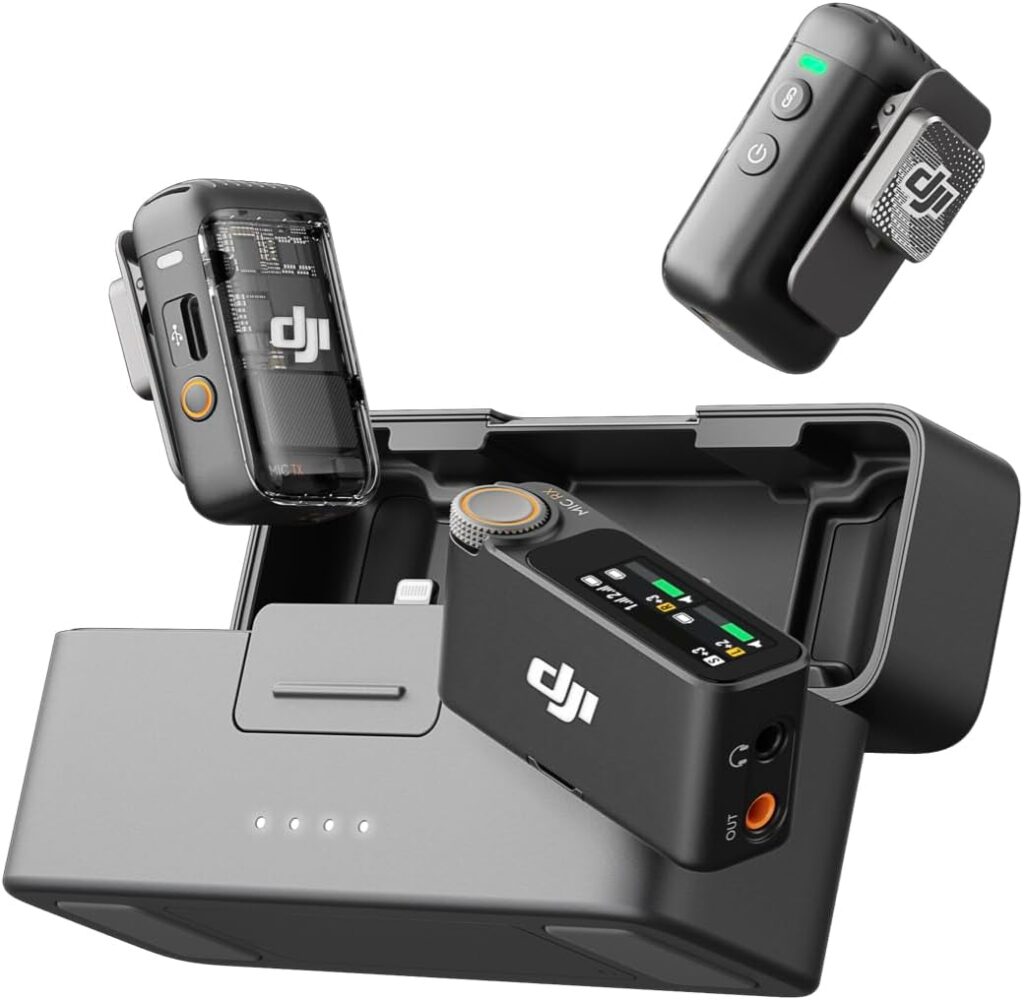
DJI’s Mic 2 builds on its predecessor’s success with a sleek design and impressive 820-foot range. It includes two transmitters with omnidirectional mics, a receiver, and a charging case reminiscent of wireless earbuds. The system offers noise cancellation and 32-bit float recording via its app, making it a standout for video creators. It’s compatible with smartphones and cameras out of the box.
Pros: Long range, stylish, great for on-the-go use.
Cons: App-dependent features may frustrate some users.
6. Shure Axient Digital AD4D with AD2/SM58
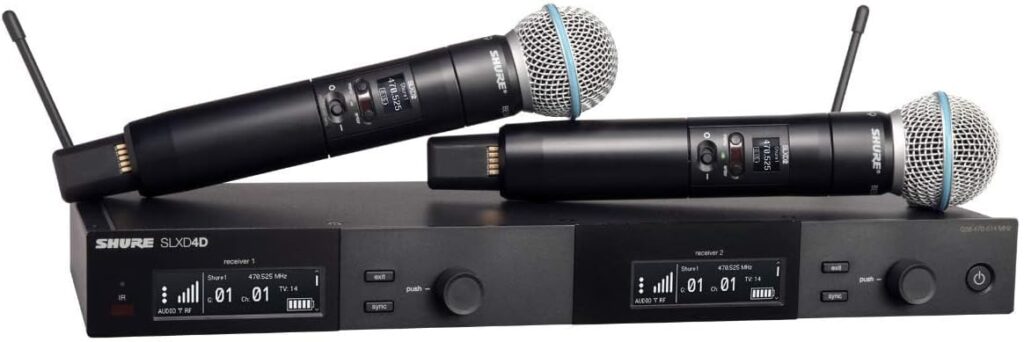
The Shure Axient Digital system is the gold standard for high-stakes live audio. The AD2 handheld mic with an SM58 capsule delivers iconic vocal clarity, while the AD4D receiver offers advanced frequency management and interference detection. It’s overkill for casual users but indispensable for touring artists or broadcasters needing flawless performance.
Pros: Unmatched reliability, pristine sound, scalable for big productions.
Cons: Extremely expensive, complex setup.
Comparing The Best Wireless Microphones
| Model | Range | Battery Life | Frequency Band | Best Use Case | Price |
| Shure BLX288/PG58 | 300 ft | 14 hr | UHF | Live performance | $550 |
| Rode Wireless GO II | 656 ft | 7 hr | 2.4 GHz | Content creation | $299 |
| Sennheiser EW 100 G4 | 330 ft | 8 hr | UHF | Presentations | $749 |
| Audio-Technica ATW-10 | 100 ft | 7 hr | 2.4 GHz | Small gigs | $349 |
| DJI Mic 2 | 820 ft | 6 hr | 2.4 GHz | Mobile creators | $349 |
| Shure Axient Digital | 330 ft | 9 hr | UHF | Touring pros | $3,000+ |
The Bottom Line
- Best Overall: Rode Wireless GO II for its balance of price, performance, and portability.
- Best for Live: Shure BLX288/PG58 for reliability and dual-mic convenience.
- Best Premium: Shure Axient Digital for uncompromising quality.
- Best Budget: Audio-Technica System 10 for solid sound at a low cost.
Wireless microphones are an investment in freedom and quality. Assess your needs, test where possible, and choose a system that aligns with your creative or professional goals. In 2025, the options are better than ever—there’s a perfect mic waiting for you.

